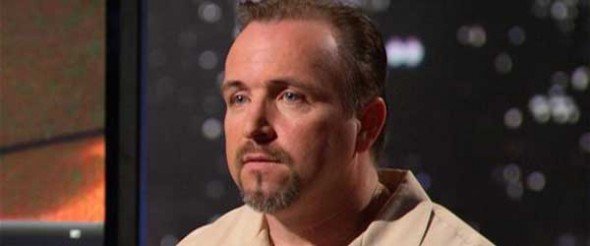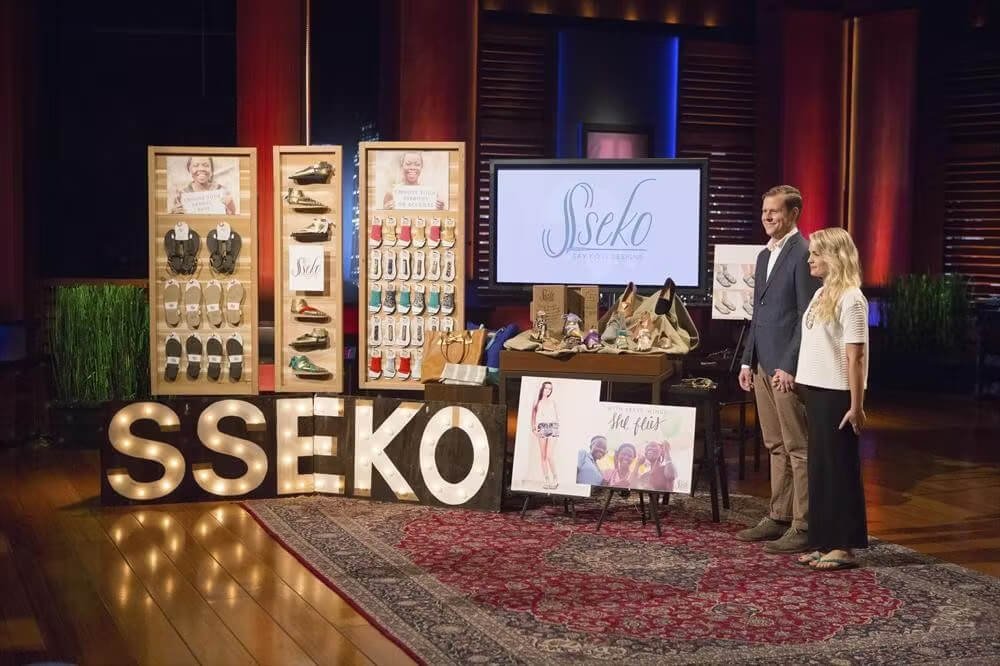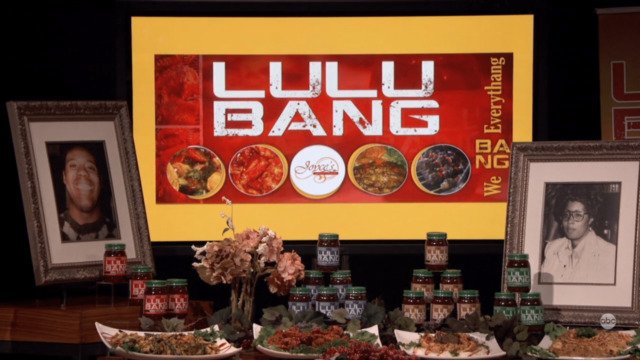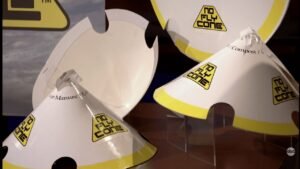Here’s the Shark Tank fantasy: you pitch a product, Sharks throw big checks, and soon you’re trending on SharkWorth with millions in the bank. But sometimes, a founder says no to the money — and that’s when the real story starts.
Let’s pull back the curtain on Lifebelt. Buckle up (pun intended), because this isn’t your usual overnight success story. We’re talking about a product built out of heartbreak, a founder who turned down a million-dollar check, and some tough lessons for anyone plotting their own Shark Tank moment.
1. Lifebelt’s Pitch for Road Safety: Born From Heartache, Fueled by Mission
Lifebelt didn’t step into Shark Tank as a feel-good gadget. Robert Allison, the man behind the company, wasn’t some serial entrepreneur hawking kitchen widgets. He walked into Season 1, episode 102, carrying the weight of losing a loved one in a car wreck. That’s real motivation — not just a profit play.
The core idea? Simple but powerful: invent a safety device that makes it impossible to start a car unless everyone’s buckled up. Frankly, it’s the kind of thing you wonder why carmakers didn’t build in years ago.
Robert came in asking for $500,000 for 10%. That put Lifebelt’s valuation at a cool $5 million, which — considering this was pre-App craze and DTC gold rush — was bold for a hardware startup with limited proof in the wild. Still, if you believe you’re going to save kids’ lives, you go big or go home.
2. The Product: How Lifebelt Works (No Fluff. Just the Facts.)
Strip away the pitch, what do you really get with Lifebelt? An electrical lockout system for vehicles, tied directly to seat belt usage.
Here’s the rundown:
- If a driver (or a bus rider) doesn’t buckle up, the car refuses to start.
- Unbuckle while the engine’s running? An alarm blares until you clip back in.
- Designed for parents, teen drivers, and school transportation — groups with higher accident risk.
- Installation by local automotive shops: about $229 per unit.
It’s a blunt tool, not a nice to have. Allison was chasing behavior change — zero-tolerance on unbuckled rides. Think of it as the Tough Love play of auto safety.
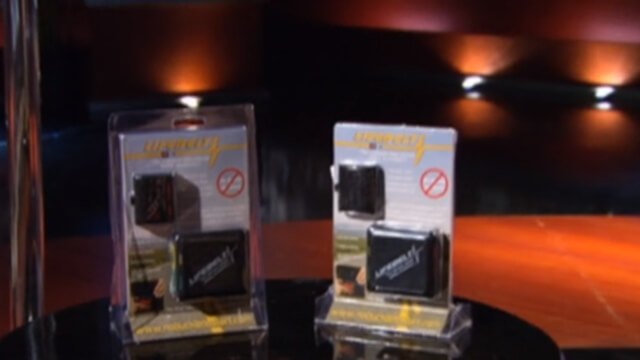
3. The Shark Tank Pitch: Sweat, Stakes, and a Hard Sell
When Robert Allison took the stage, he brought more than a pitch — he brought a mission. This wasn’t about eco-friendly water bottles or dog treats with a story. Lifebelt was an answer to a personal loss and a dangerous gap in safety tech.
He painted a future where parents would never again have to wonder if their teen was skipping the seat belt. His ask? $500K for 10% ownership, looking for real partners, not just a quick flip.
But the Tank isn’t always the place for slow-burn missions. Founders have to sell big, sell fast, and prove they’re the right operator. That’s where the friction started brewing.
4. Shark Reactions: Bite, Bark, or Bail?
You know that moment when a Shark’s eyes light up? Yeah, that didn’t really happen here.
- Barbara Corcoran? She saw heart, not hustle. Said he wasn’t the guy to get distribution deals. She was out.
- Kevin Harrington & Daymond John? They couldn’t choke down the valuation. They dropped, fast.
- Kevin O’Leary offered $500,000 — but for the whole patent, not a piece. This is classic I’ll take the castle, you can keep the dream O’Leary.
- Robert Herjavec went above with $1 million for 100% of the patent. That is serious cheddar, but for a total founder exit.
No bites for partnership, just buyouts. But Robert wasn’t about to hand over his baby and walk. He saw Lifebelt as more than a cash-out. He wanted a legacy brand — not a Shark flipping his patent to Detroit.
So, he left the Tank empty-handed. Some call it brave. Some call it bad business. I’ve seen both views.
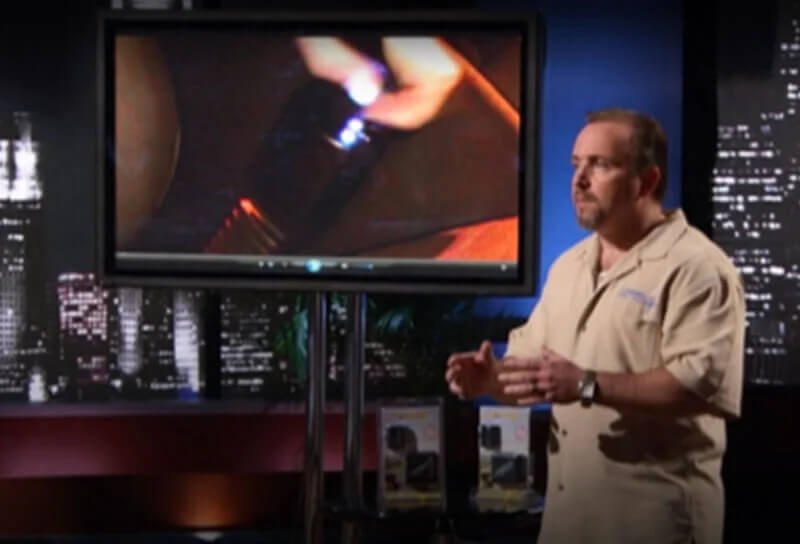
5. Net Worth and Real Business Moves: Hype vs. Reality
Let’s put the emotion aside for a second. Was Lifebelt ever really worth $5 million?
By Season 1 standards, $5 million for a pre-scale hardware company with no manufacturing partner or major distribution was a moonshot. Allison was aiming for the big automakers — but without Ford or Toyota on board, this was mostly promise and patent.
After the Tank, there’s no record of explosive sales. No As Seen on Shark Tank sticker at Pep Boys. No viral video boost. On SharkWorth and every business tracker site since, Lifebelt’s net worth is a big question mark. If there’s real revenue, it’s been quiet, and the product never became standard in new cars.
This wasn’t a turn down the offer and go DTC story like Bombas. It’s more like one of those pitches where the founder leaves stubborn, and the hype fizzles fast.
6. Lifebelt After the Tank: Did the Vision Survive?
Did Allison ever get Lifebelt mass-adopted or even a meaningful slice of the safety tech pie? Short answer: not really.
The most recent updates — like those posted on SharkWorth — paint a picture of a founder who never lost his conviction. There’s no evidence he sold the patent, gave up on the mission, or wound down aggressively. But there’s also no big licensing deal, no school bus fleet contracts, and definitely no national rollout.
If Lifebelt still exists, it’s running on passion, not massive profit. Sometimes standing your ground means standing alone.
7. Barriers and Roadblocks: Why Lifebelt Didn’t Go Mainstream
On paper, Lifebelt should’ve been huge. In reality, it ran headfirst into the kind of brick walls that kill most hardware dreams.
First: carmakers are notoriously hard to win over. Convincing Ford or Chevy to install aftermarket safety gear is a Herculean task — especially if you aren’t bringing a six-figure budget or deep ISS/TS certification.
Next: consumers don’t love mandatory tech unless it’s invisible. Lifebelt was more iron fist than silent guardian. Teen drivers (and some adults) would do anything to hack, disable, or ignore systems that slow them down or limit their freedom.
Finally: the founder’s refusal to sell. Sometimes walking away from a buyout is gutsy. Sometimes it’s just stubborn. The Sharks saw a licensing play or a quick flip. Robert saw a vision. Without capital, distribution, or partners, vision alone rarely scales.
8. Lifebelt’s Place in the Safety Game Today
So, did Lifebelt spark an industry shift? Take a look at cars on the road in 2024: seat belt reminders are everywhere, sure. But engine lockouts tied to seat belts? Rare. Some luxury makes toyed with it; school buses mess around with more alarms. But Lifebelt tech standard in all cars never happened.
Maybe Lifebelt was too early. Maybe the pitch needed a partner, not a holdout. Or maybe it’s the classic Shark Tank tale: sometimes, mission alone isn’t enough, no matter how noble.
9. Final Take: Big Ideas, Hard Choices
Here’s the gritty truth: Show me a founder who says no to a million bucks, and I’ll show you someone with ice in their veins (or just blinders on). Lifebelt proves that good intentions and a head-start on solving real problems are only half the battle.
As someone who’s chased funding — and paid the price for pride or patience — here’s my advice: check your ego at the pitch room door. Sometimes you sell the whole dream to go bigger. Sometimes you hold, and you build in obscurity. Just make sure you know which you’re doing.
For entrepreneurs watching Shark Tank, Lifebelt is a cautionary tale stitched with hope. You can bring fire and vision, but if you can’t get a Shark (or the market) on your side, you better have a backup plan — and deep pockets.
FAQs
1. Is Lifebelt still in business after Shark Tank?
As of now, there is no sign that Lifebelt is actively selling or manufacturing. The dream still flickers, but the business isn’t visible or making waves.
2. Did any Shark buy into Lifebelt, or did Robert walk away with nothing?
No Shark invested. Allison turned down both Kevin O’Leary’s and Robert Herjavec’s full buyout offers and left without a deal.
3. How much did Robert want for Lifebelt, and were his numbers realistic?
He wanted $500,000 for 10% — a $5 million valuation. That was optimistic, maybe overly so, given his stage and traction.
4. Has any major car brand adopted technology like Lifebelt?
No major automaker has installed engine lockout tech exactly like Lifebelt. Most cars use reminders, not ignition blockades.
5. Who does Lifebelt help the most — teens or another group?
It was aimed squarely at teen drivers (risky behaviors) and school buses (protecting kids), but adoption was thin.
6. Can you buy Lifebelt anywhere today, or is it off the market?
There’s no straightforward way to buy a new Lifebelt kit now. It’s mostly out of circulation.
7. What was the Shark Tank panel’s biggest concern about Lifebelt?
Distribution and scalability. The Sharks didn’t believe Allison could crack the auto market on his own.
8. Was refusing a full buyout a smart founder move, or a missed payday?
Depends on your lens. If your dream is to see your tech everywhere, passing on a fast check makes sense. But if you want to see real impact — and maybe get rich in the process — sometimes it pays to hand over the keys.
Shark Tank is full of almost stories. Lifebelt proves that even the best ideas can stall out if you don’t play the long and the short game. Want a spot on SharkWorth? Play for both.

